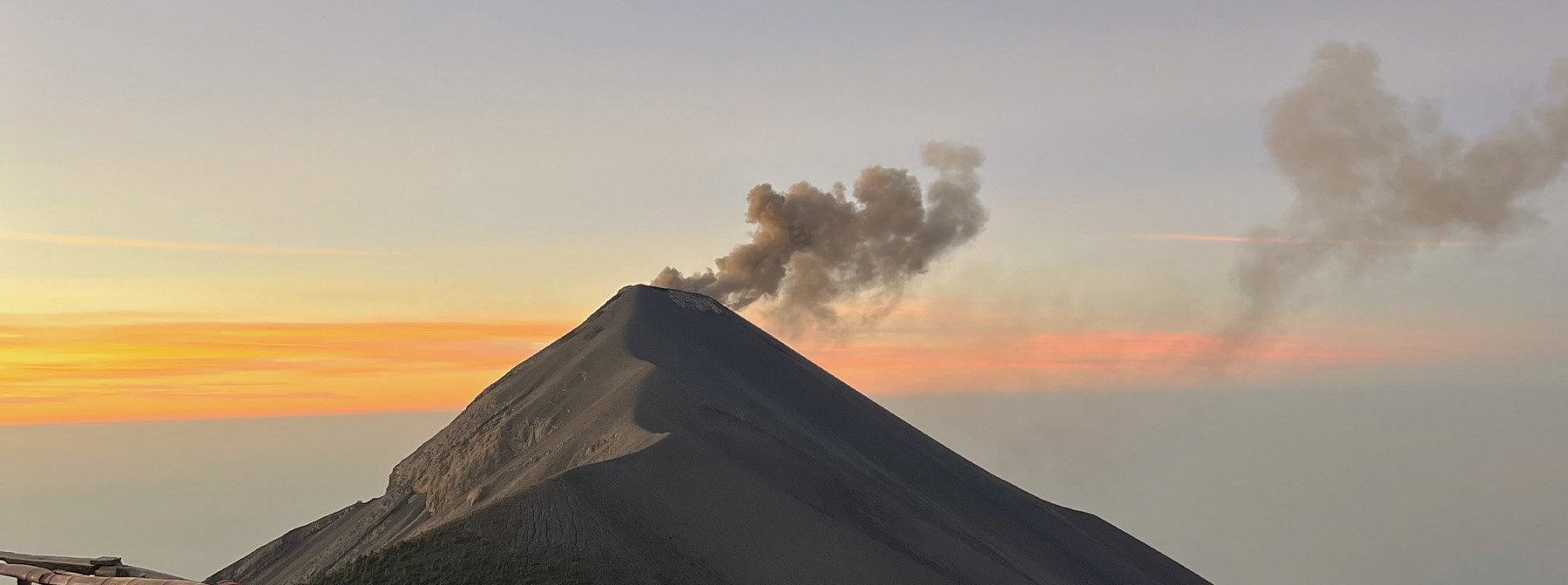
As my five-month journey through Central America reached its final chapters, I found myself standing at the foot of Panama’s formidable Acatenango, a dormant giant beckoning with the promise of adventure.
Standing at a formidable 3,976 metres (13,045 feet), the volcano’s allure goes beyond its size. It is its difficulty that keeps climbers returning to conquer it. Tempted by the challenge of what fellow travellers described as “the hardest thing they’d ever done”, I was determined to find out for myself just how tough it is.
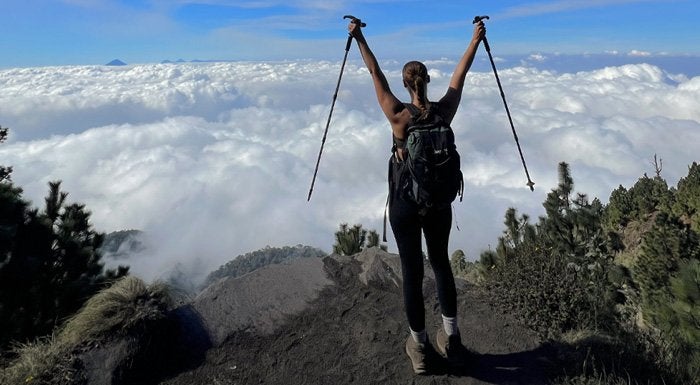
The Ascent
Pre-climb, I encountered numerous warnings of altitude sickness, exhaustion, and even lost hikers. Beginning the climb to base camp — one continuous uphill journey of 3,556 metres — I armed myself with the motto "mind over matter" and decided I would not be deterred.
Luckily, all my sleeping gear was waiting for me at base camp. My backpack carried all my essentials: four litres of water, snacks, lunch, and extra layers — around 10 lbs of extra weight on my back.
The beginning of the trail — a steep, uninterrupted uphill climb through forest in thick humidity — proved to be one of the most difficult sections of the hike. We stopped every 15-20 minutes to quickly regain our breath.
As the vegetation gave way to stark volcanic landscape and the fog began to roll in, I welcomed the bursts of cool air that came with the rising elevation.
Surprisingly, the rest of the ascent proved less daunting than anticipated, and after four and a half hours, base camp unfolded before us, offering panoramic views of Volcan de Fuego, Acatenango’s tempestuous sibling.
With a sense of accomplishment and no lingering pain, tiredness, or hunger, I was eager for the next part of the adventure: the short hike to witness up close the raw power of Fuego.
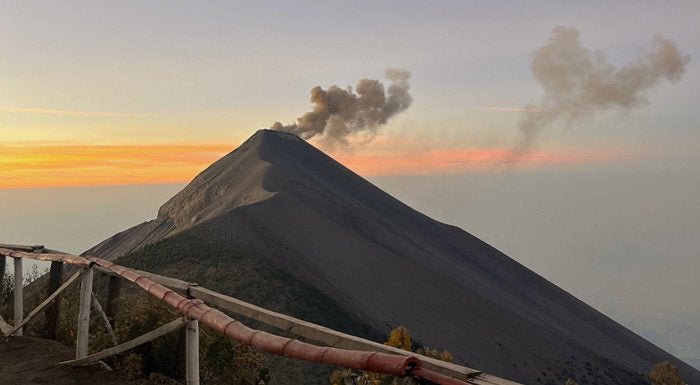
The Hike to Fuego
After a quick snack of instant noodles, I and a group of around 20 others embarked on the three-mile out-and-back sunset hike to Fuego.
On arrival, we were greeted with a thundering volcanic explosion, red-hot lava spewing into the night sky. Fuego erupts every 30 minutes or so, and our group was lucky enough to witness four.
I found the sense of accomplishment at reaching Fuego after a full day's hike unparalleled, making the challenging journey well worth it. However, the hike back from Fuego was extremely tough, and I've heard similar accounts from other travellers.
About 20 minutes through the 90-minute hike back to base camp, my body gave out. I sat on the side of the trail, in the dark, by myself, with my head in my hands. I couldn't find the energy to stand back up. A fortuitous protein bar from my travel partner was the lifeline that got me back to base camp.
I was physically drained by the time we reached base camp at 9.30pm. I skipped dinner and went straight to sleep in our 14-person dorm, setting my alarm for 4am for the grand finale of the Acatenango climb: the sunrise summit.
The Sunrise Summit
After an hour and a half climb in the dark, we were at the top of Acatenango to witness the first rays of light piercing the horizon. The surrounding volcanoes were bathed in golden hues, revealing a breathtaking panorama that stretched as far as the eye could see.
Then, after a breakfast of oats, banana bread, and tea, I packed my bag and began the descent, running most of the way to avoid slipping and falling on the volcanic rock and ash that made up the trail. I was glad to have good hiking boots and rented hiking poles here.
Less than two hours later, we were back at the base of Acatenango, tired, hungry, and ready for a well-deserved rest.
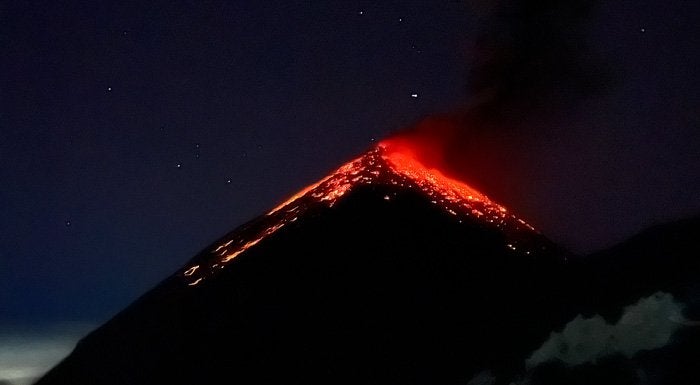
Final Thoughts
Was climbing Acatenango worth it? In my opinion, definitely — with a few caveats. Here are my tips for hiking Central America's second-highest volcano:
Do your research before choosing your tour guides
There are a host of companies running guides from Antigua to Acatenango every day, and they book up fast. Before you book with a guide, check out their reviews, what food they offer, and their itineraries online. When in doubt, speak to other travellers! Asking around for first-hand experiences is one of the best ways to determine whether a group is right for you.
Acclimatise in Antigua for at least 48 hours before your hike
It's common for hikers to suffer from altitude sickness on Acatenango. While the trail starts at a lower altitude and ascends steadily, allowing hikers to adjust to the increasing elevation, it's a smart move to give your body time to adapt to the changing conditions beforehand.
Antigua Guatemala, a city at the foot of the two volcanoes, is approximately 1500m above sea level, and many tour groups recommend spending a few days here before your hike to help mitigate any risk of altitude sickness.
Bring the right snacks
Whether you're hiking Acatenango on your own or with a tour company, it's important to bring your own snacks to make sure you're properly fuelled for the entire hike up and down. Pack snacks that regulate your blood sugar and satiate you, like protein, fibre and healthy fats. My go-tos are:
- Trail mix (tip: add peanut M&Ms — they don't easily melt and they're great for a quick-release energy boost when you need one)
- Dried fruits without any added sugar
- Apples (they contain energy-boosting carbs and natural sugars, and are hydrating)
- Protein bars (look for bars with 20g of protein or more)
Take home message
As the curtains closed on my Acatenango adventure, I left with tired limbs but an indelible mark of triumph and the resounding echoes of Fuego's eruptions. Is it worth it? Definitely — just go prepared with snacks and a positive mindset.
READ THESE NEXT:
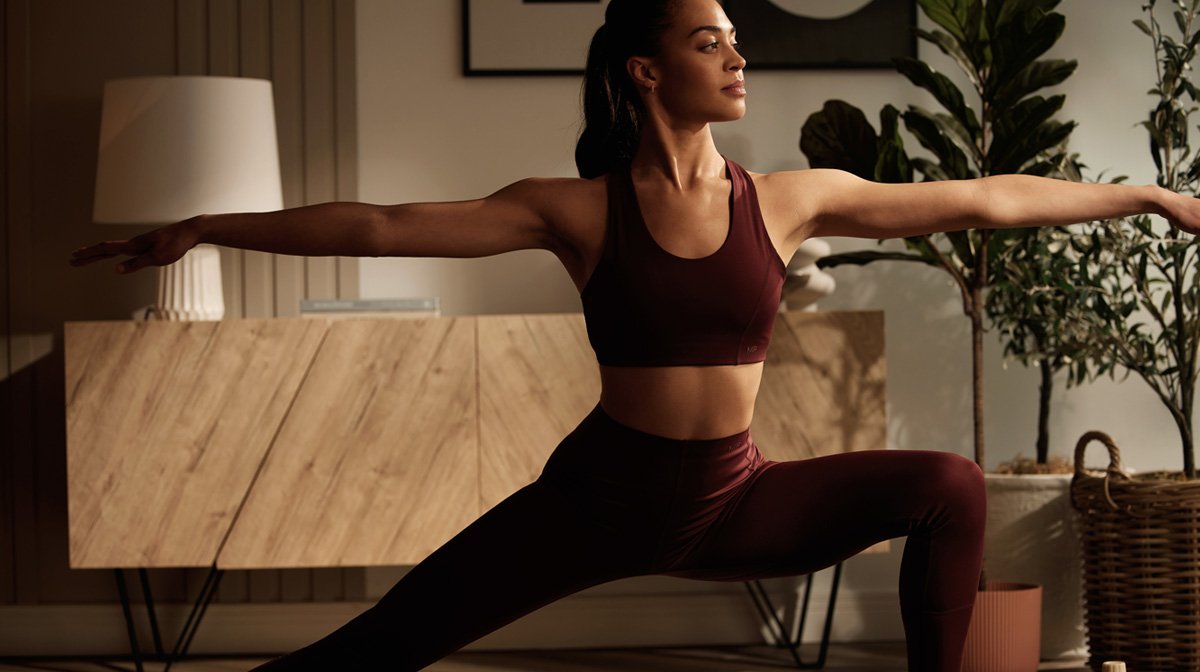
Cosy Cardio: The TikTok Trend Changing How You View Exercise
Now this is something we can get behind.

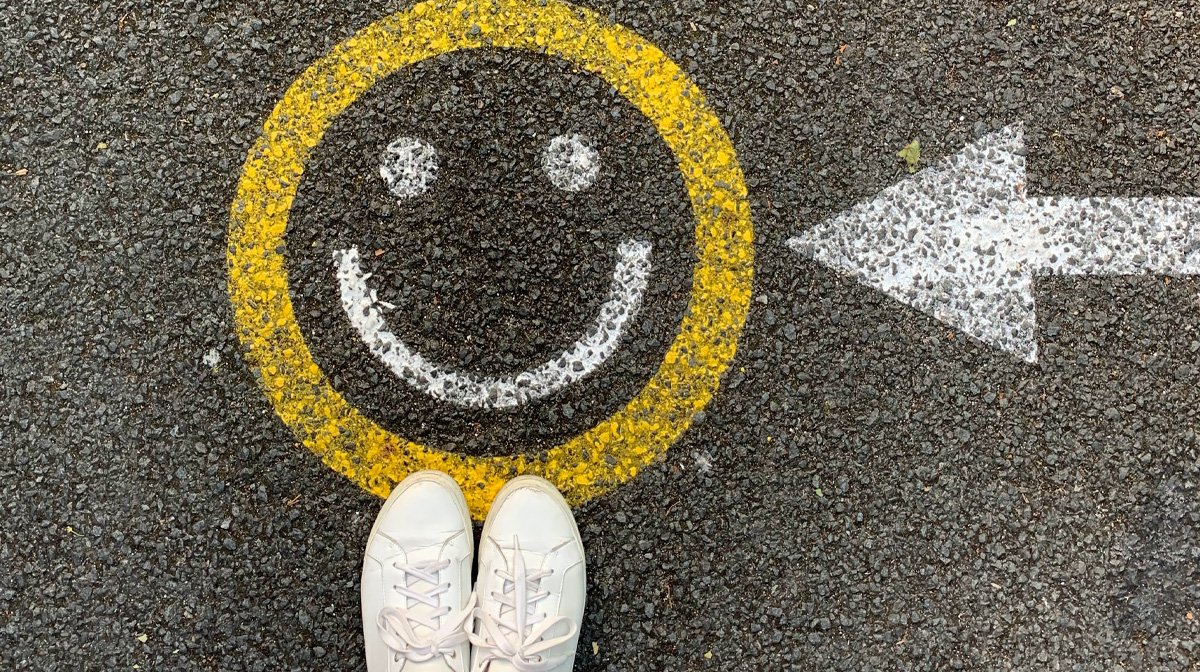
Dopamine Menus: How to Be Happy and Dopamenu Examples
A to-do list that brings you joy.

